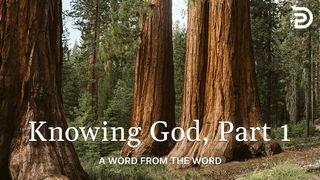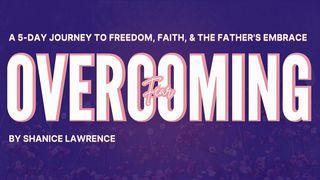Melodies of Hope: The Scriptural Truths Behind Five Classic CarolsSample

O Holy Night
In 1847, Placide Cappeau was commissioned by his local parish priest to write a poem for their Christmas mass. Cappeau was a French wine merchant and poet. Though it was known that he often didn’t grace the pews on a Sunday morning, he knew enough to choose Luke’s gospel as the source of his inspiration. He imagined what it would have been like to witness the birth of Jesus and penned what would become the beloved carol.
Cappeau then decided that his poem could use a musical touch and enlisted the help of a friend and composer, Adolphe Adams. Adams studied in Paris and wrote for orchestras all over the world. His Jewish heritage meant he did not believe in or celebrate the birth of Jesus as the Messiah; however, he accepted Cappeau’s request anyway. “O Holy Night,” originally “Cantique de Noel,” was sung for the first time at Midnight Mass that Christmas Eve.
The church in France initially welcomed “Cantique de Noel,” and for a season, it quickly became a popular Christmas song. However, after Cappeau walked away from the church and news spread that composer Adolphe Adams was of Jewish descent, the church systematically condemned the song as “unfit for church services because of its lack of musical taste and total absence of the spirit of religion.”
Despite attempts to blow out the light of this beloved Christmas song, people kept singing “O Holy Night.” Over a decade later, American writer John Sullivan Dwight discovered and translated the piece into English, bringing the song to life for an entirely new audience across the ocean.
Maybe you are not as captivated by this story as I am, but when I read its origin, I thought of one word:
Unlikely.
This Christmas carol was written by a poet who walked away from his faith, composed by a man who did not believe in Jesus as the Messiah, and later denounced by the church in hopes that people would forget it.
But isn’t that the story of Christmas? God using the unlikely to do the unthinkable?
Mary was a young, unmarried girl. She was unlikely to be chosen to carry the Messiah. But God chose her. Shepherds, the despised, and the outcasts were the first to hear of Jesus’ birth and see the good news—that the Savior had come. This was unlikely. In an unlikely, unassuming town and a simple manger, the Savior of the world was born.
If you or I were writing the story, I have a feeling it would have been full of a lot more “likelys,” a few more “well-knowns,” “well offs,” and “well kepts.” The way of God and the Kingdom is always the opposite of our sin-colored thoughts. Praise the Lord it is because that means there is hope for you and me!
You and I are the unlikely, the unassuming, the undeserving—now filled with hope and worth because our Savior has come. Grace is here…His name is Jesus! And in Him, all is satisfied, and all is complete, all is at rest.
We, too, can sing,
Long lay the world in sin and error pining
‘Till he appeared and the soul felt its worth
A thrill of hope the weary world rejoices
For yonder breaks a new and glorious morn
Fall on your knees
O hear the angel voices
O night divine
O night when Christ was born
On Christmas Eve in 1906, Reginald Fessenden, a young university professor and chemist, also did the unlikely. Fessenden spoke into a microphone, and for the first time in history, airwaves carried a man’s voice far and wide:
”And it came to pass in those days, that there went out a decree from Caesar Augustus, that all the world should be taxed….”
People were stunned as they heard Fessenden read the miracle of Jesus’ birth over the radio that night. When he was finished, he picked up his violin, and the sound of the first song ever played on the radio rang out in homes, on ships, around tables, and in hearts. The song?
O Holy Night.
Scripture
About this Plan

The Christmas season serves as a time to remember the birth of our savior, Jesus Christ. Usually, when our calendar flips to December, our first reaction is to start listening to our favorite classic Christmas carols. But have any of us stopped to think about the depth of the lyrics that we’ve been singing every year since we were little? Join us as we adventure through “Melodies of Hope,” a series of Christmas carols that dive deep into the scriptures that inspired them.
More
We would like to thank Passion Movement for providing this plan. For more information, please visit: https://passionequip.com/
Related Plans

A Word From the Word - Knowing God, Part 1

From Need to Maturity

Ruth: A Redeemer Who Fills All Emptiness | Video Devotional

Grace for Your Pace - How to Burn on Instead of Burn Out

Parenting Through God’s Lens: Seeing Your Child the Way God Does

Overcoming Fear: A 5-Day Journey to Freedom, Faith, and the Father’s Embrace

Imposter Syndrome: You Are Who God Says You Are

Rest for the Soul: 8 Days With Jesus

An Encounter With Jesus
